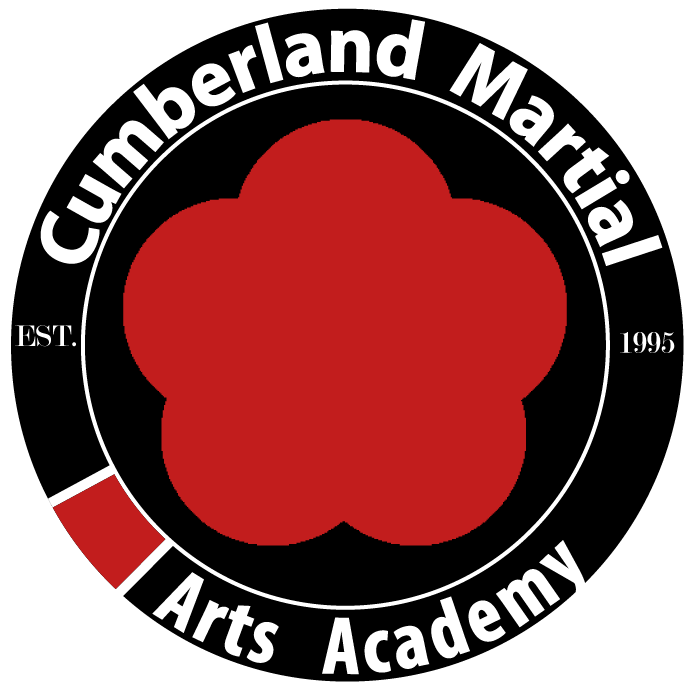One of the biggest misunderstood elements of modern Martial Arts is forms practice. If you were to ask any Martial Artist out there today “what are forms for?” 80% of them would tell you, it’s a way of documenting techniques that can be used in combat situations.
Although that is not entirely wrong, it’s not completely correct either. Forms do document techniques or movements, but they do so in order to identify principles and concepts that can be applied in many situations. That’s were the confusion comes in, individuals are focusing on the technique and not the principle being demonstrated, it’s kind of like focusing on the messenger and not the message.
Like Bruce Lee says in the film Enter the Dragon, “don’t focus on the finger, or you will miss all that heavenly glory”.
For example, a sequence in a form could read like this: (please forgive any inaccuracy this is just an example)
- Attention
- Ready stance.
- Opening sequence: look left, look right.
- Step towards right, sitting stance, extend right hand (outstretched arm, palm opened).
- Elbow into right hand, chamber right fist on right hip, left fist punches to the right (fist over fist).
- Low block to the left with left hand, right hand punches to the left (fist over fist).
Out of this simple representation of the beginning of a form, one could possibly interpret a multitude of possible techniques, and one would not be wrong.
All the interpretation could conceivably work. But you would be missing the most important message of the form, the principles and concepts that are being applied.
For example, when stepping to the right into sitting stance, you would be identifying which leg should be back if you were to step towards your opponent from your right (leading with your right side). From this position you would have the left leg back, because stepping towards your opponent from your right, having your left leg back would offer the most support and leverage.
Now one could argue, that is simply one more interpretation to add to the multitude of others that already exist. Sure, but how could we eliminate any misconceived interpretations? Surely, they can’t all be right?
Well there is a way, idioms are the quantifiers that are applied to the application to disprove inaccuracy of interpretation or to prove the interpretation’s accuracy. This also shifts focus on the principle and not the technique. Idioms like “Golden Rooster standing on one leg” indicates having the majority of your weight on the back leg, 60% back, 40% front (the percentage is not important just having the majority of your weight on the back leg for support and leverage is the principle. Which leg is forward or back is dependent on which side you lead in with, as discussed above. But not all training methods have access to idioms. But fear not, there is another way of quantifying accuracy. Simply try it against a resisting opponent. By arranging a form based drill with an opponent who is resisting, any misleading applied principals will be clarified and denote proper technical application. In other words, making the technique work will clearly identify the principle behind it.
But first off we need to start with a somewhat clear understanding of the form, or we would end up requiring an infinite number of forms to capture all the techniques and their principles.
This is utter nonsense, as we know that the old original training methods only had a few forms to teach all that was needed.
How do we lift the veil of half told truths? We need to start by being able to accurately interpret the forms that we are learning. In order to do so we have four major rules to help us in understanding forms, kind of like the Rosetta stone for forms.
Rule one: Forms are only interpreted from the individual practitioner’s perspective. Meaning, never interpret a form based on the opponent, but only on the practitioner’s perspective. i.e. if I enter leading with my left, it has nothing to do with the opponent’s side or position only mine.
Rule Two: Forms are thought in sequence, but don’t have to follow the sequence to be applied. What I mean here, is that forms often contain options that can be used to overcome a situation, but the option that is used is dependent on the opponent’s reaction to your movements. I can’t predict what an opponent will do, therefore, the form can’t either.
Rule Three: Forms never deal with multiple opponents. They are sequences for dealing with an individual, by presenting options and resolutions to overcome resistance from an attacker.
Rule Four: Forms do not provide demonstration of techniques for dealing with long range punches and kicks, but rather detail movements at clinch range distance.
By applying the four major rules above, one can begin eliminating a multitude of misconceived interpretations, the remainder can be further trimmed down by quantifiers (mentioned above). Leaving only the plausible, and trimming down the need for an unreasonable number of forms to learn.
We now return to the old classical ways of learning martial arts, of few forms efficiently applying the principles.
Less is more!

Recent Comments